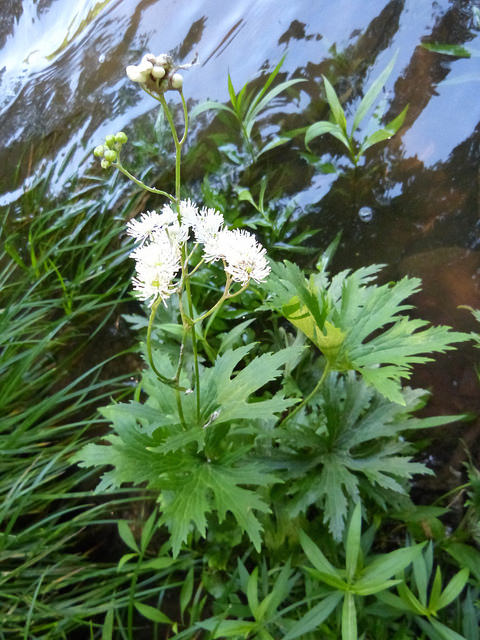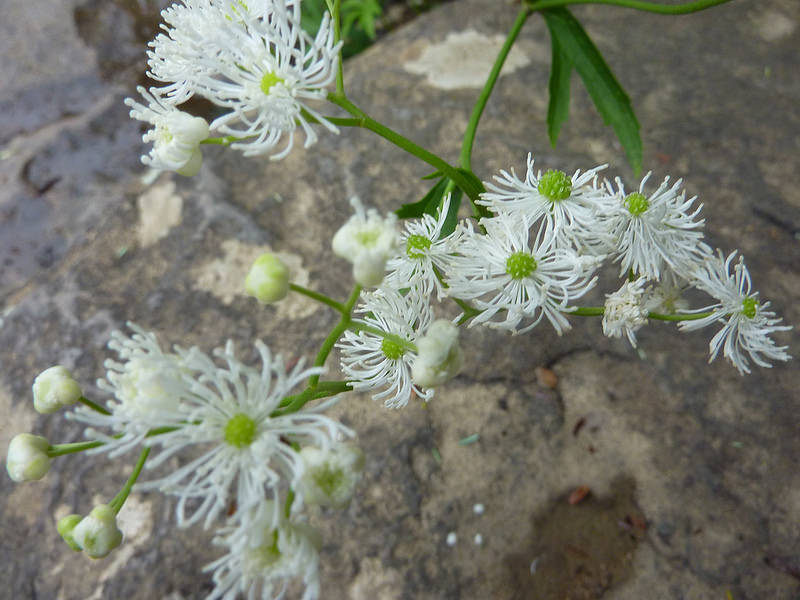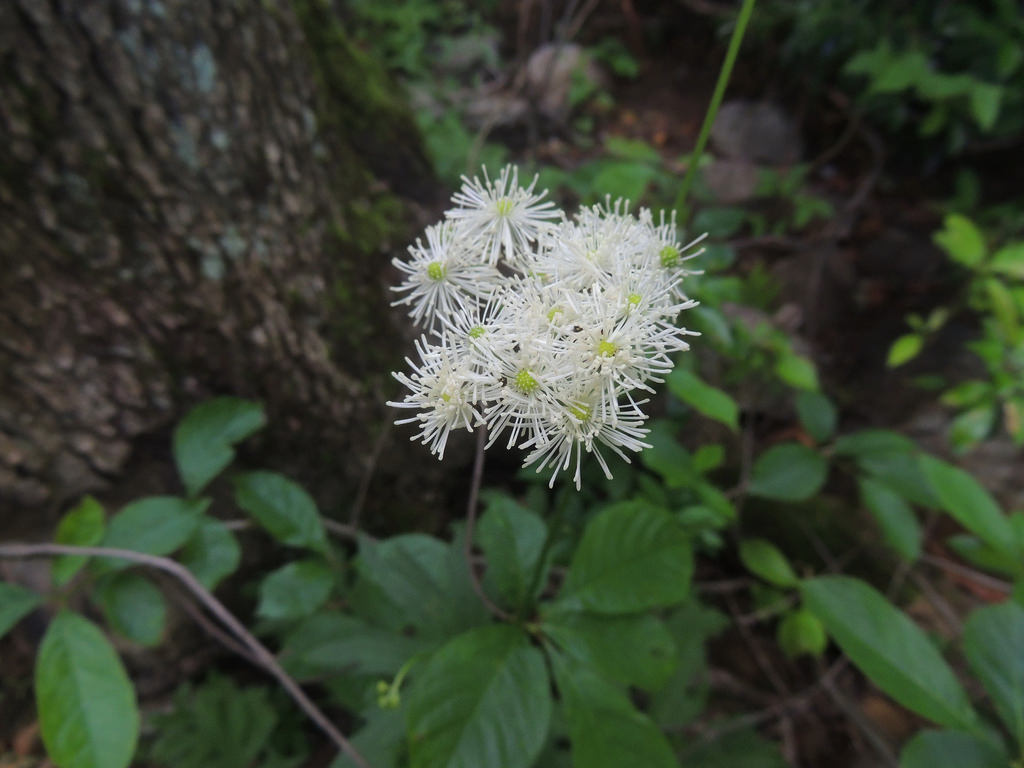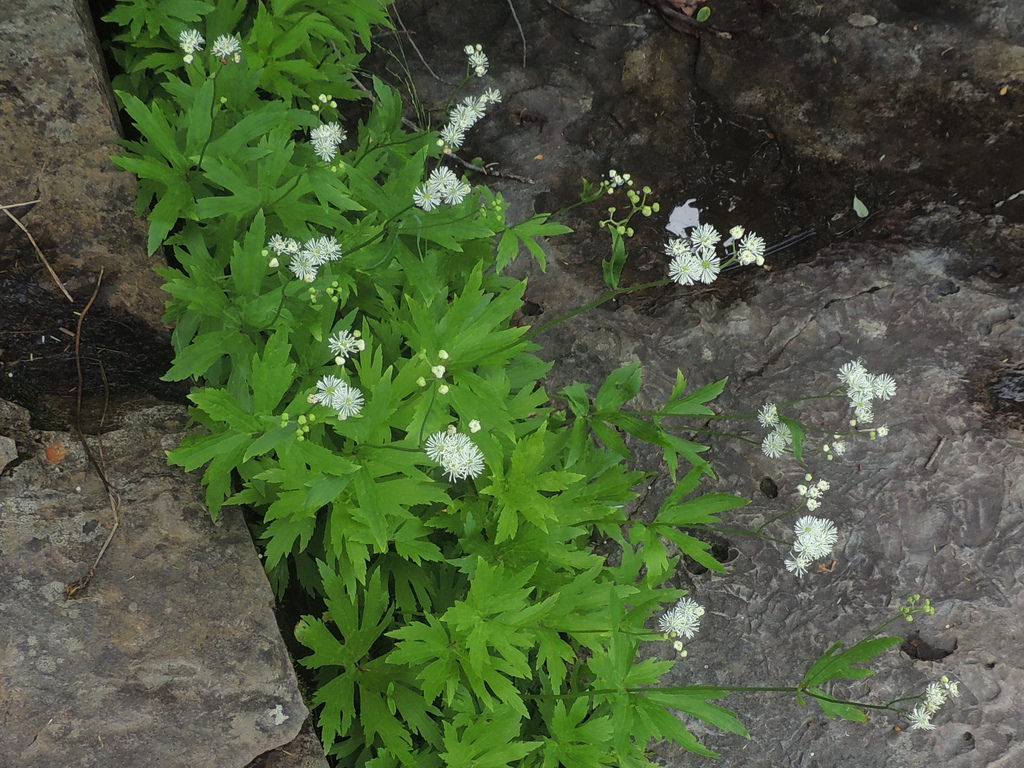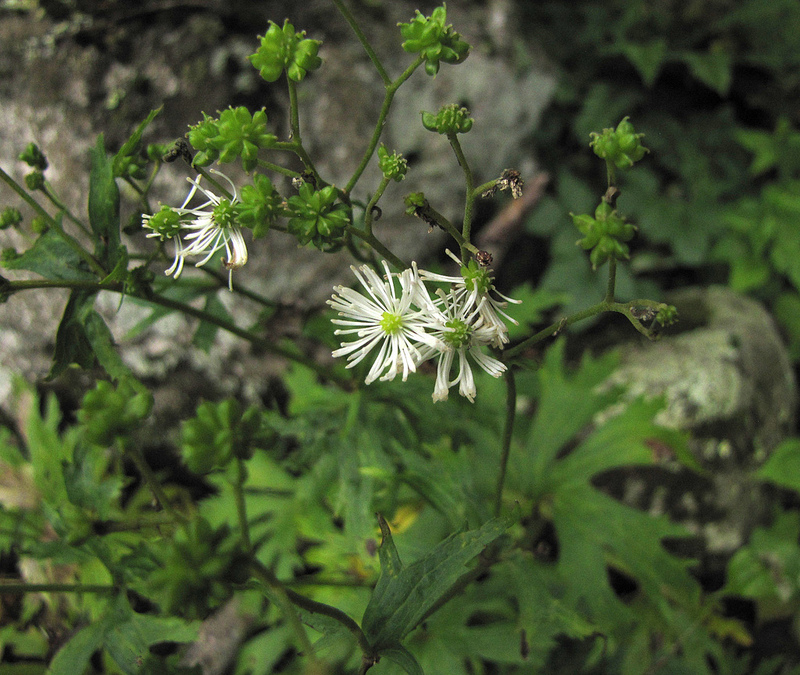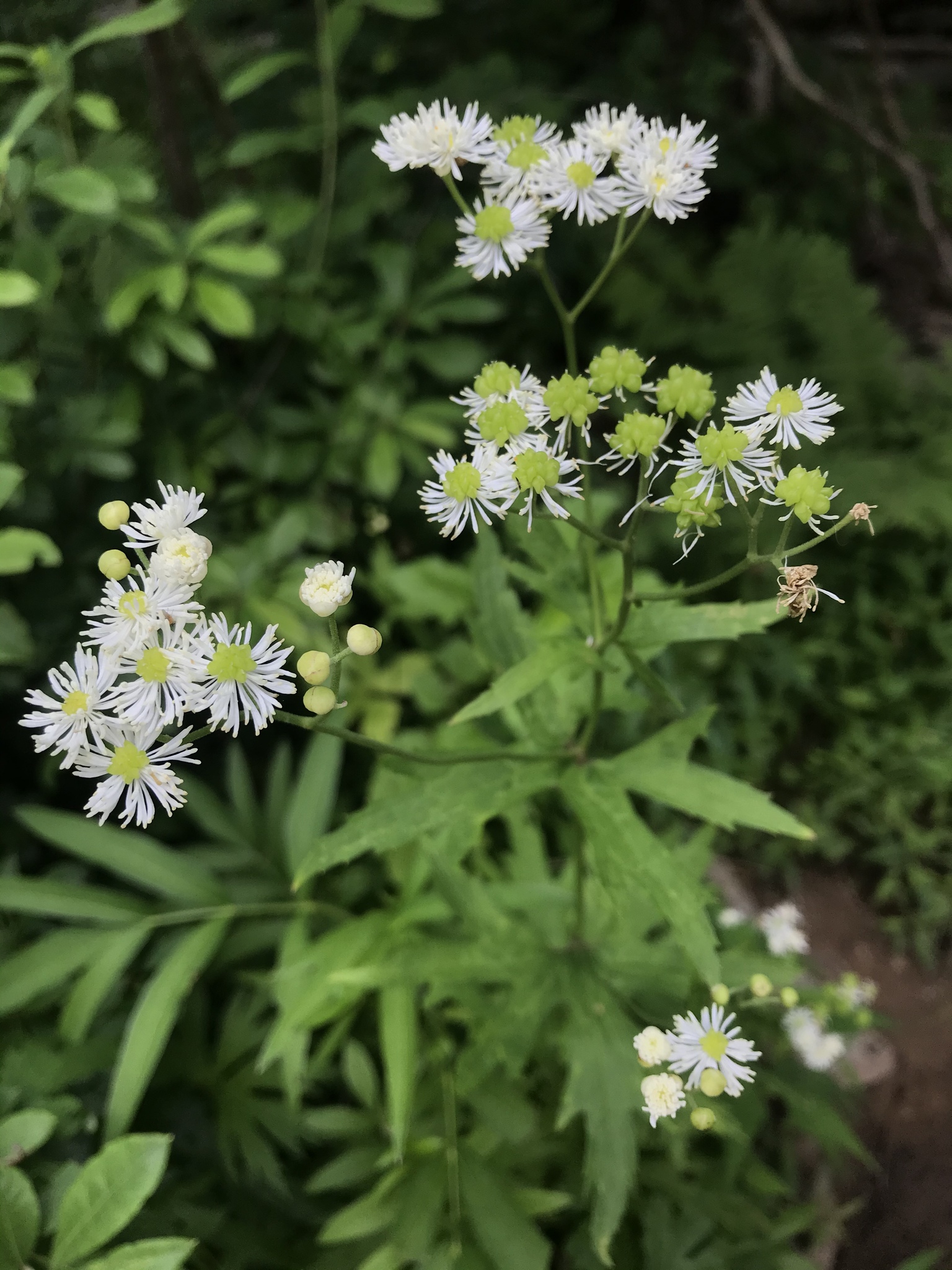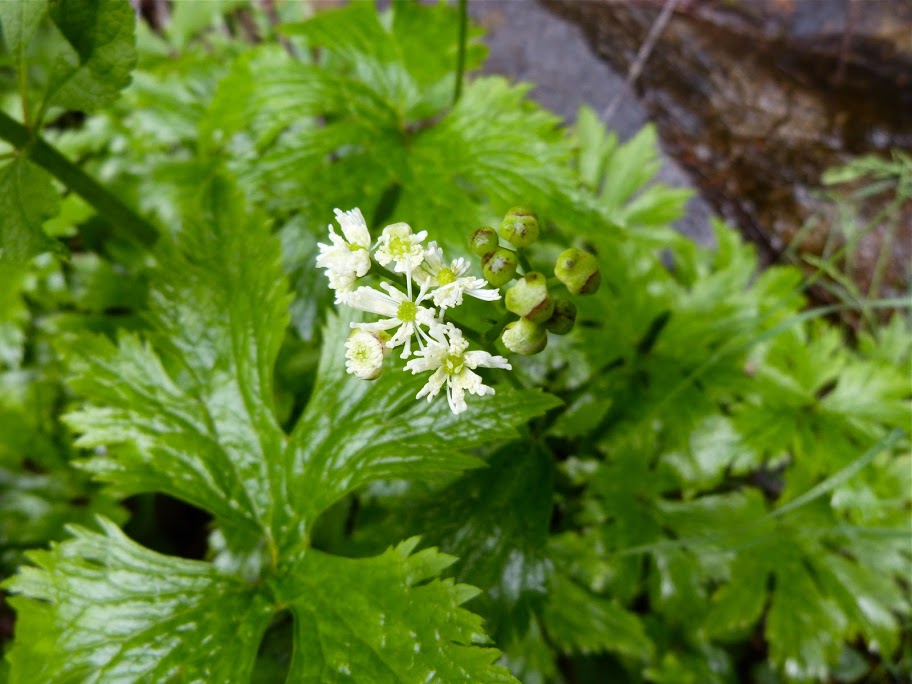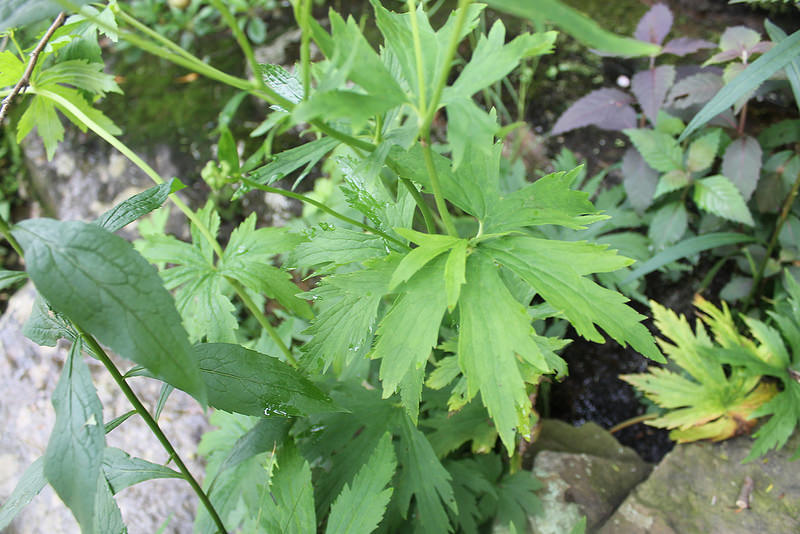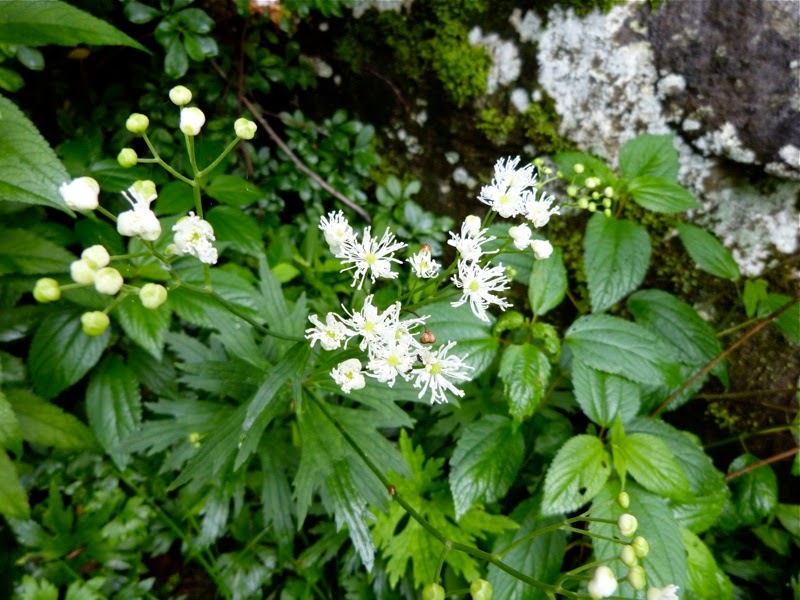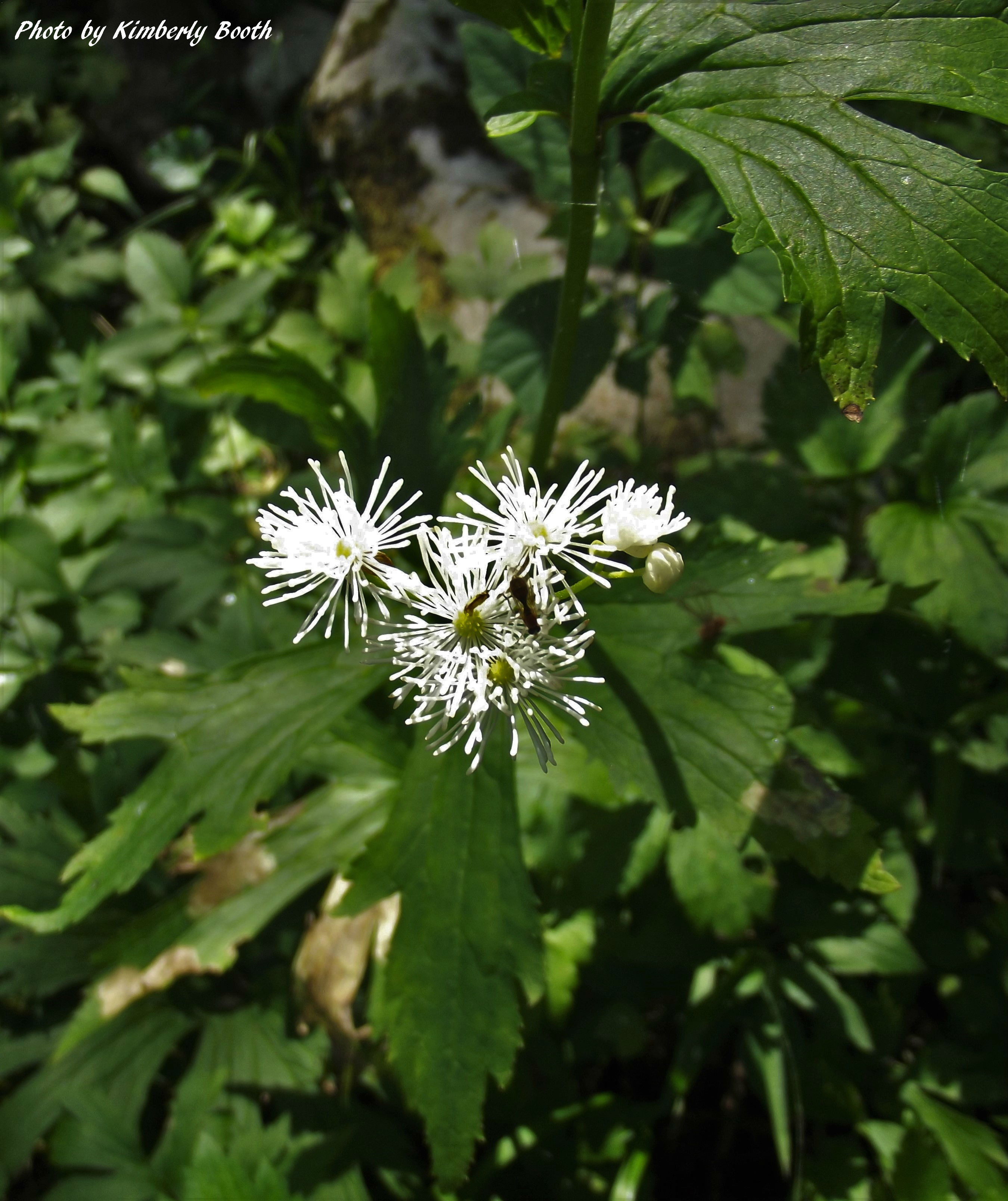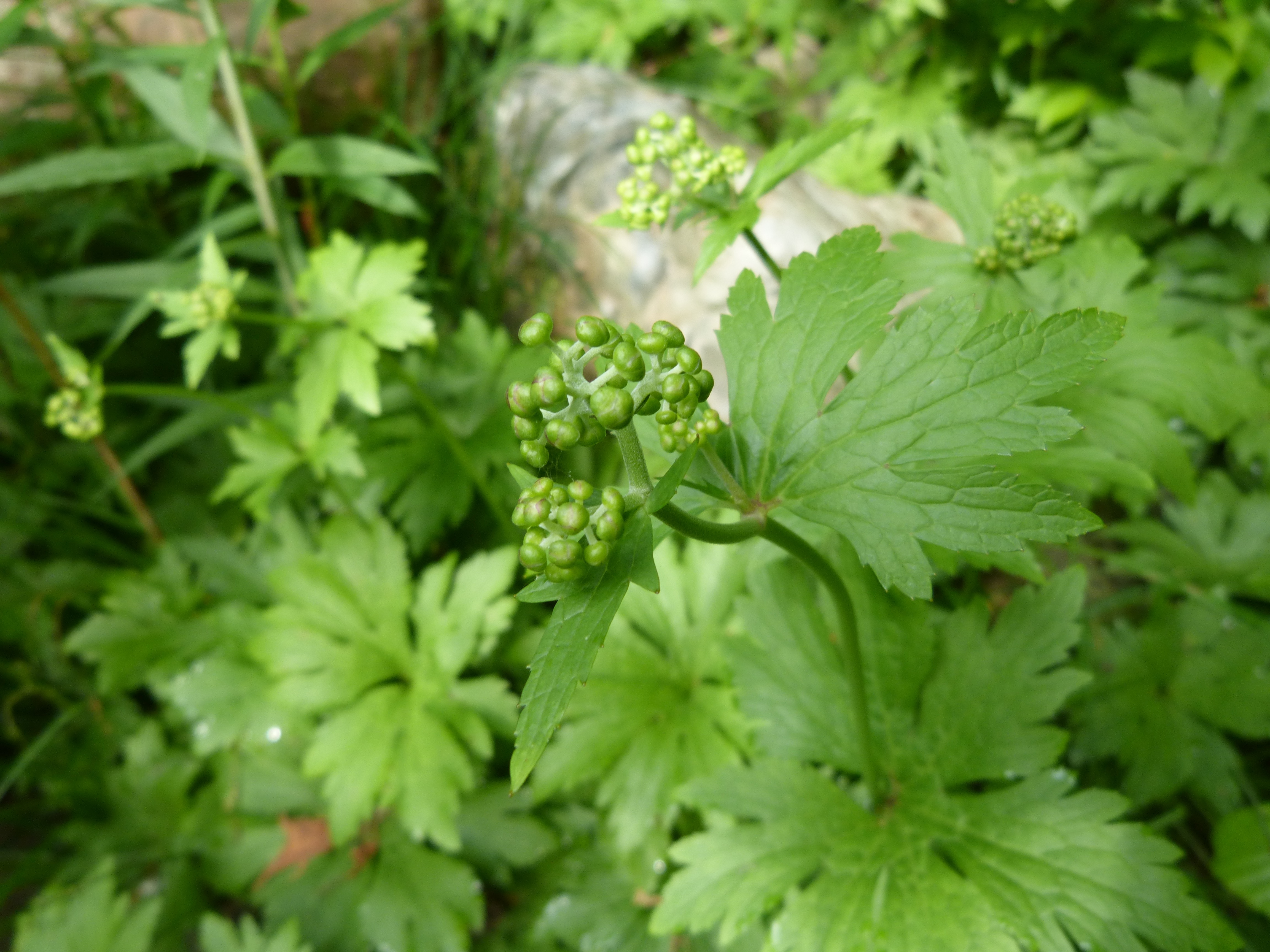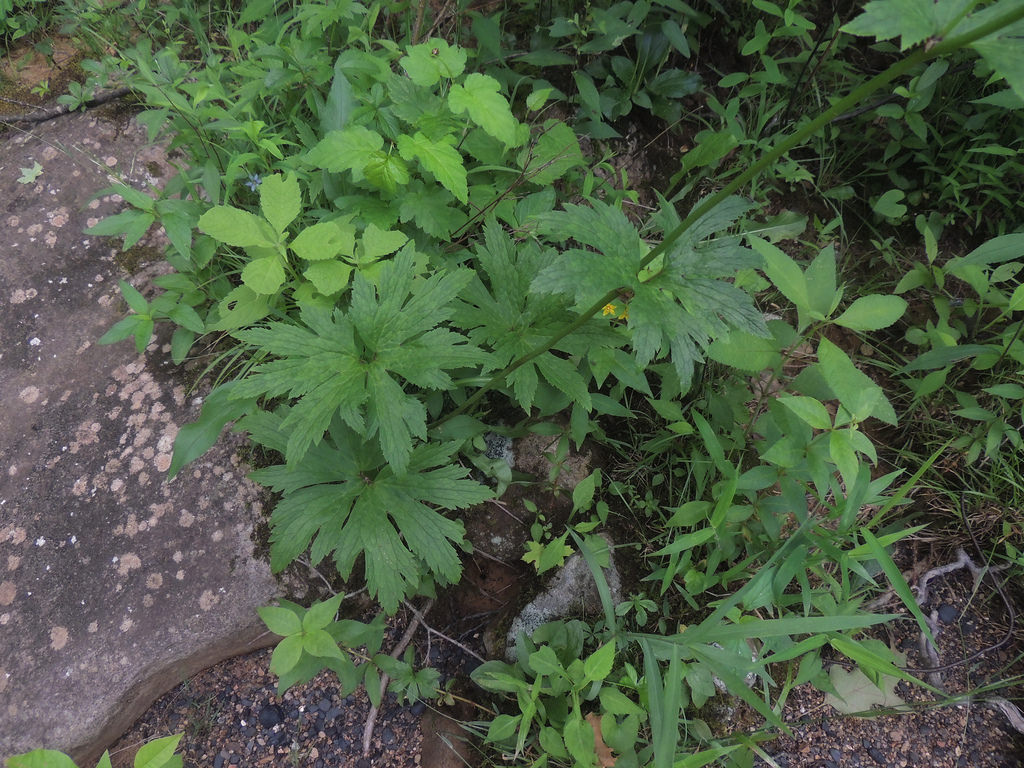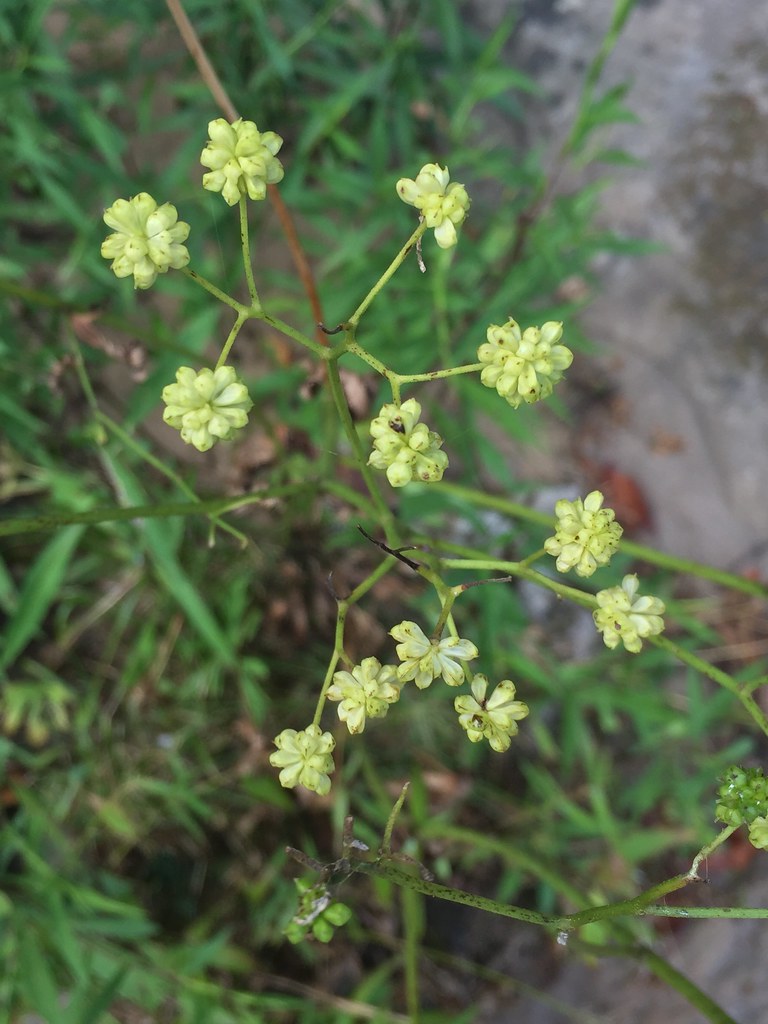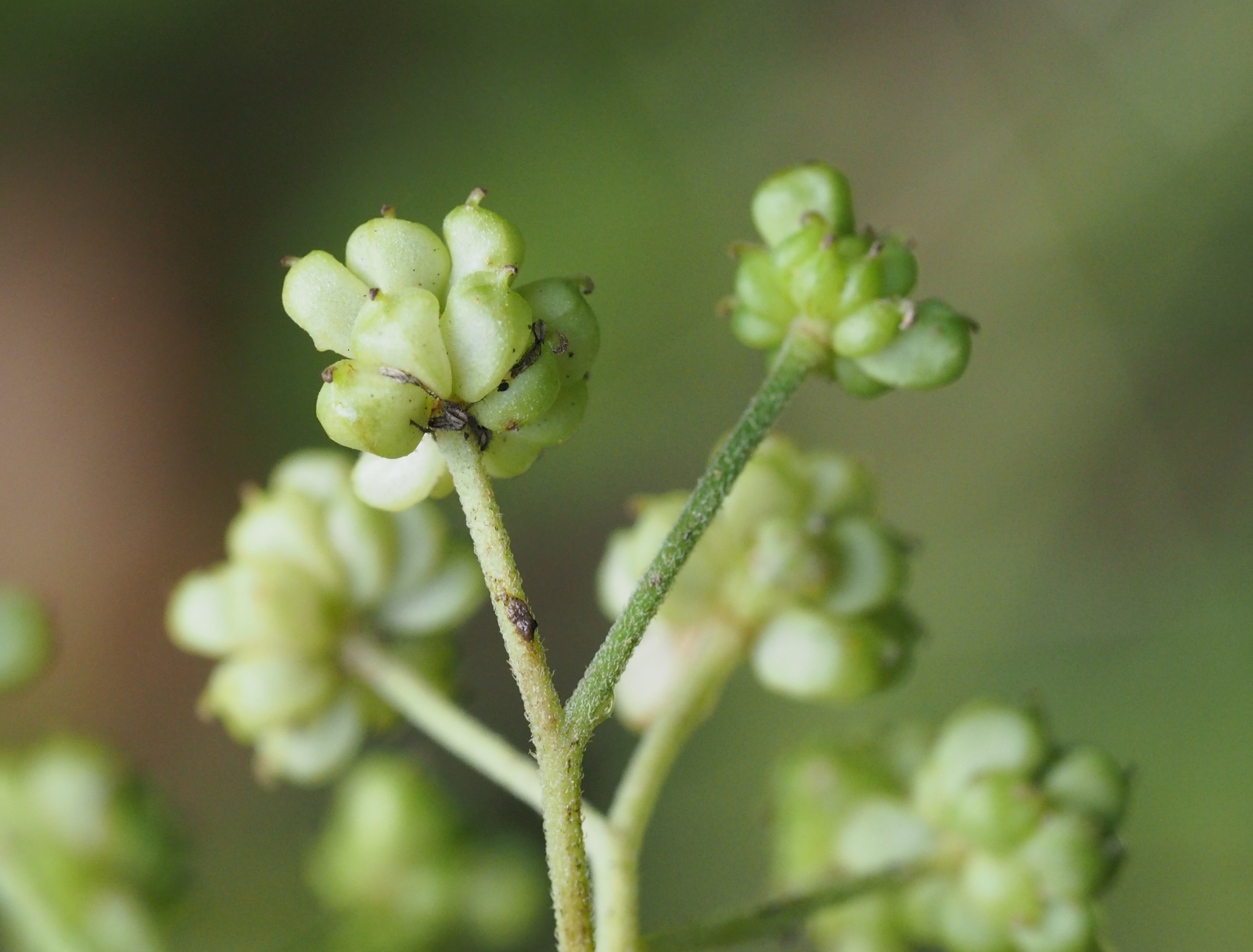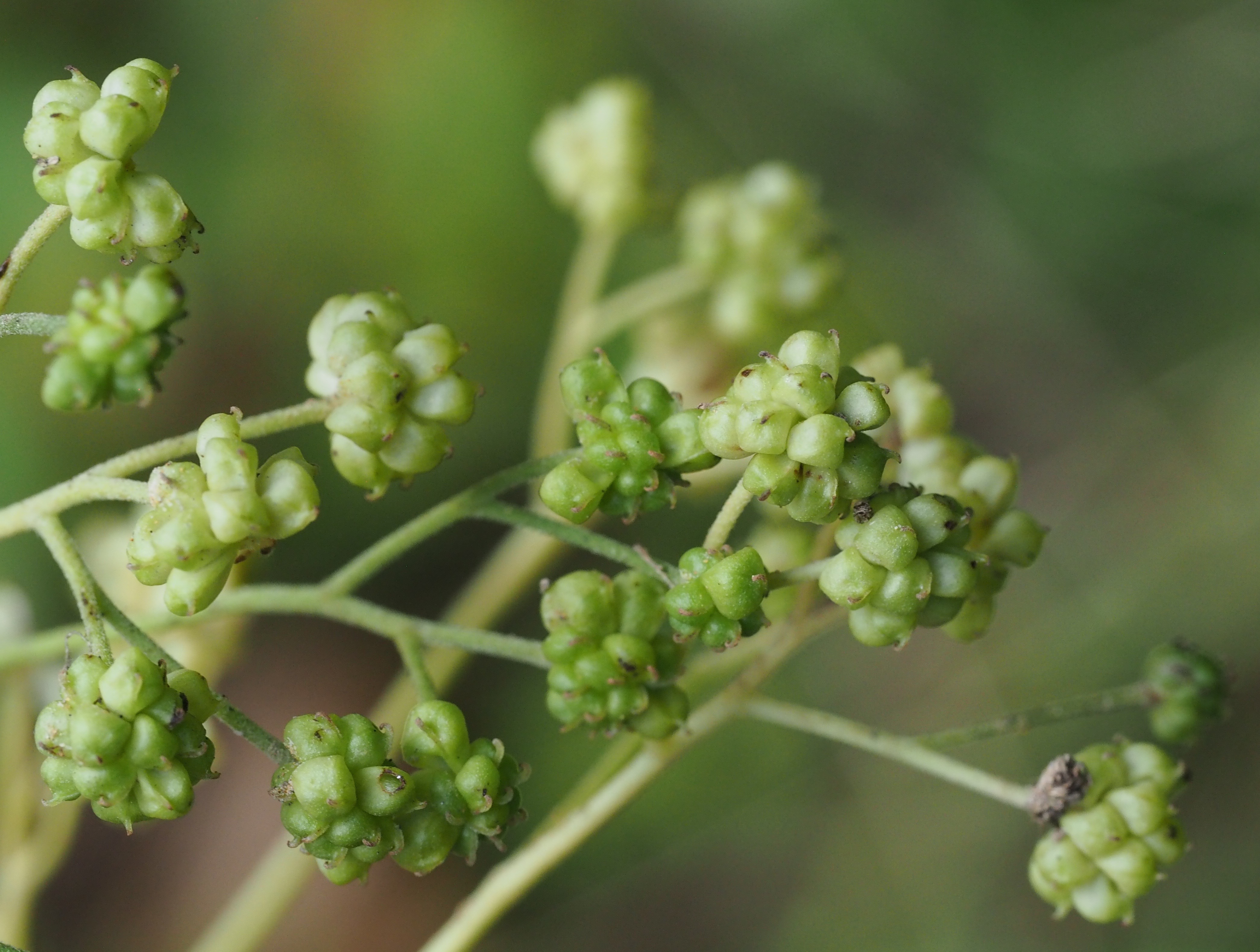Map Snapshot



42 Records
Status
Trautvetteria caroliniensis is native primarily to moist mountain woods, ravines, and streambanks in the eastern U. S. from Pennsylvania south to Kentucky, Tennessee and Georgia (Missouri Botanical Garden). In Maryland it is uncommon, but most likely to be seen in Garrett County, especially along the Youghiogheny River.
Where To Find
Look for it on river scour areas along the Youghiogheny River, Garrett County. Swallow Falls State Park is a good place to search for it.
Seasonality Snapshot
Source: Wikipedia
| Trautvetteria caroliniensis | |
|---|---|

| |
| Scientific classification | |
| Kingdom: | Plantae |
| Clade: | Tracheophytes |
| Clade: | Angiosperms |
| Clade: | Eudicots |
| Order: | Ranunculales |
| Family: | Ranunculaceae |
| Genus: | Trautvetteria |
| Species: | T. caroliniensis
|
| Binomial name | |
| Trautvetteria caroliniensis (Walter) Vail
| |
| Synonyms[1] | |
| |
Trautvetteria caroliniensis is a species of flowering plant in the family Ranunculaceae native to North America.[1] It is known by the common names Carolina bugbane,[2] false bugbane, and tassel-rue. The genus is named for the botanist Ernst Rudolf von Trautvetter.[3]
This plant is native to Asia and eastern and western North America. It grows in moist wooded areas and other habitat. It is a rhizomatous perennial herb producing an erect stem up to 1.5 meters in maximum height. The large leaf has a palmate blade up to 30 or 40 centimeters wide with deeply divided, pointed, toothed lobes. The blade is borne on a long, slender petiole which may measure up to 45 centimeters long. The leaf is green, darker on top and paler underneath. The inflorescence is a panicle with several clusters of flowers on branches. The flower has no petals and is mostly made up of many long, white stamens each up to a centimeter long. At the center is a spherical cluster of green pistils. This develops into a spherical cluster of green fruits.
The plant contains protoanemonin, which may cause blistering or skin irritation.[4]
-
Stem leaves are deeply lobed (background leaves are Rubus)
References
[edit]- ^ a b "Trautvetteria caroliniensis (Walter) Vail". Plants of the World Online. Royal Botanic Gardens, Kew. Retrieved 2024-03-06.
- ^ NRCS. "Trautvetteria caroliniensis". PLANTS Database. United States Department of Agriculture (USDA). Retrieved 14 December 2015.
- ^ "Trautvetteria". Flora of North America.
- ^ Fagan, Damian (2019). Wildflowers of Oregon: A Field Guide to Over 400 Wildflowers, Trees, and Shrubs of the Coast, Cascades, and High Desert. Guilford, CT: FalconGuides. p. 79. ISBN 978-1-4930-3633-2. OCLC 1073035766.
